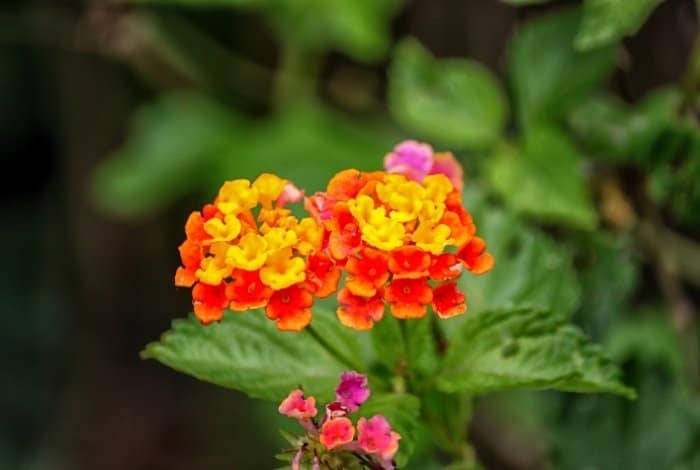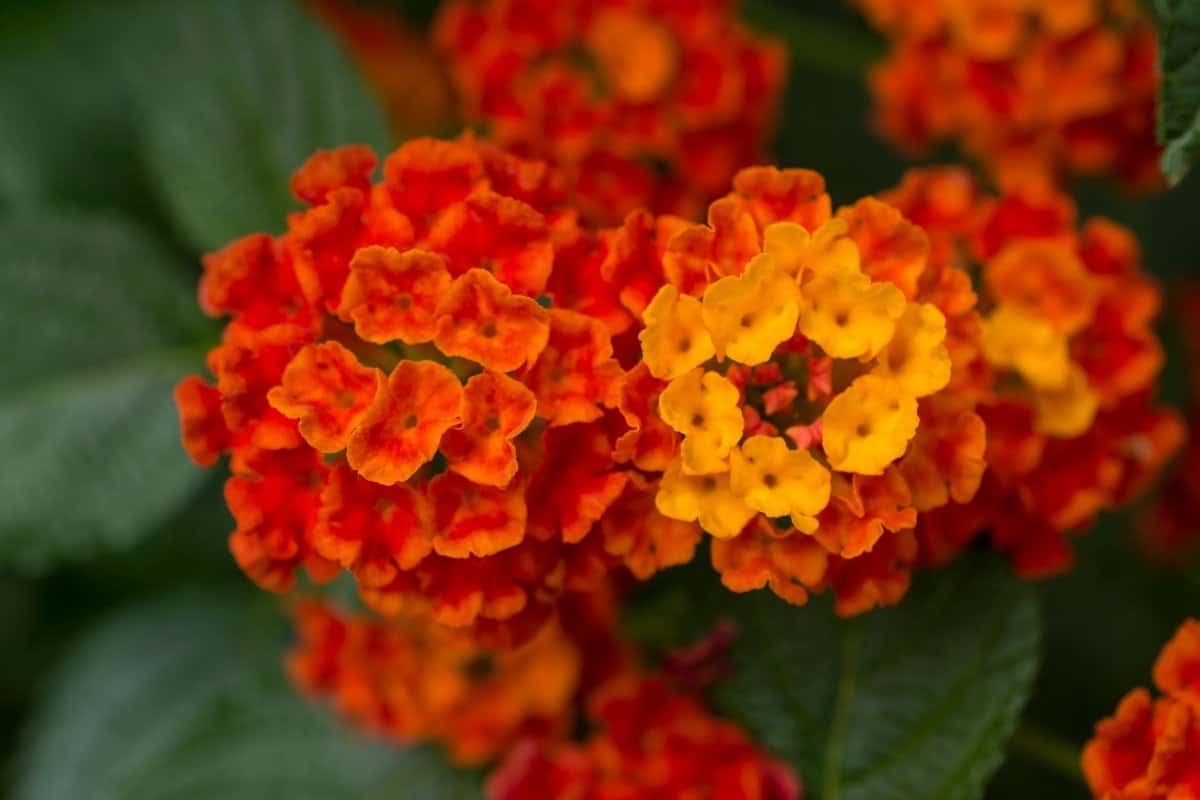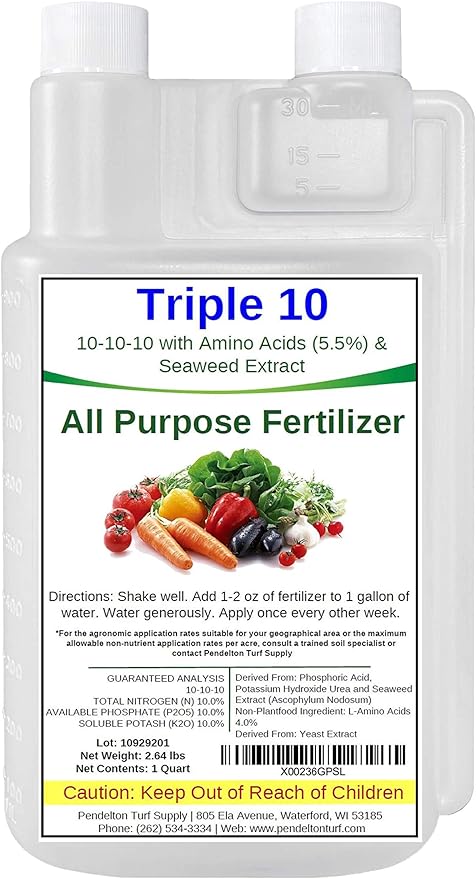Last Updated on January 17, 2022 by
How much sun does lantana need is a question that most gardeners fumble with trying to find the right growing conditions?
Lantana flowers are remarkable! Growing Lantana flowers attracts butterflies and adds a touch of bright color to your garden. These flowers are classified as annuals all over the United States. But in some warmer climates of the Southeast, they grow as perennials.
Lantana flowers not only offer beautiful flowers but they support the wildlife too. These flowers measure about 1-2 inches across and feature many smaller blooms arranged in a sphere. Blossom shades vary to include red, white, orange, lavender, pink, rose, and gold.
Tips on Growing Lantanas
Understanding How Much Sun Does Lantana need and other Growing Conditions
If you are considering growing this beautiful plant in your garden, here are some guidelines to help you.
- The Zones to Grow it. In the United States, lantana does well in the USDA Plant Hardiness Zones 7 and above. In the cooler regions, it is an annual plant while in the warmer regions it can bloom all year round. It is grown as a houseplant and enjoys a long blooming season of bright cheerful colors. If you grow yours in a pot on the patio, you will need to bring it inside when the temperatures begin to drop.

- Soil. Lantana thrives in well-drained moist soil that is a little acidic. Excellent drainage is critical to lantana because it cannot survive wet roots. If you are growing lantana in pots, place the pot over a plate with water and rocks for moisture.
- Timing. Plant lantana in the fall so you can enjoy the colorful blooms late into the winter months. If you plant them at the right time, you will have them ready in the early spring. Once they have flowered, the bloom will last at least into early fall. Mulch heavily during winter months to keep the plant from dying.
Also, read about Growing Columbine In Containers and Growing Plants – What Does a Plant Need to Survive and Grow
Does Lantana need Full Sun?
Lantana thrives in bright sunlight for at least 6 hours a day. This helps the plant maintain its’ profuse flowers and cause them to bloom. Although lantana loves the sun and grows in full sun, it appreciates some afternoon shade. When you are planting them, choose a point where they will receive a few hours of part sun and some shade.
Lantana is easy to grow indoors as long s they have adequate sunlight every day. Remember to also rotate the planter weekly so that it does not lean in on one direction that it’s growing towards.
Lantana Plants Care
Lantanas are easy to grow but they have the needs that must be met to keep them thriving. These plants need basic maintenance in a garden, while in a pot they need trimming and light to flower.
Here are some guidelines to keep your lantanas happy and healthy no matter where you are growing them.
- Leaves: The leaves of the lantana plant are fairly small. They are medium green with a serrated spear shape. The leaves are one of the first indicators of poor plant health. Changes in color or spots are signs of an infestation that should be treated fast.
- Blooms: lantanas bloom all year round in tropical climates. In the South of the United States, they serve as annuals blooming from spring to fall. They produce a range of lovely unlimited colors. They have a magical ability to change their bloom color s the season progresses. A yellow flower can morph into an orange or reddish bloom as it progresses and the season changes. Sometimes, the bloom will carry more than one color on a single petal.
- Trimming: Lantanas growing both indoors and outdoors love it when you trim them. Outdoor lantanas should get their trim during the spring. You can cut back about 1/3 of the whole plant.
- Fertilizing: Although it’s not a must, some gardeners prefer to fertilize their lantana plants. Ensure you use a balanced fertilizer of about 10-10-10 and be careful not to overdo it. Too much fertilizer burns and kills lantana plants.
Triple 10 All Purpose Liquid Fertilizer 10-10-10 with Amino Acids (5.5%) & Seaweed Extract
Lantana Sun or Shade
We have seen that lantana thrives in full sunlight and partial shade. Gardeners enjoy growing lantana because it’s a relatively easy plant to grow. Its wide variety of blooming colors are a sight to behold and a great addition to flower vases in homes.
Butterflies and hummingbirds will move into your garden if you grow lantana flowers. There is a discussion going on about the toxicity of its leaves and youngberries being harmful to animals, pets, and humans. But the ripe berries have been certified as safe for consumption. To stay safe it’s better you use them when they are ripe.
Do not hesitate to consider lantana for your landscaping needs or container plants. They bring quite a cheer bright beauty that you will love!
FAQs
Will lantana survive in partial sun?
Lantana (Lantana camara) is a flowering plant native to Central and South America and is considered to be an invasive weed in many parts of the world, but it's not bad for most gardens.. It grows as a perennial and can grow up to four feet tall. It prefers full sun but will survive in partial sun.
It is recommended that you give lantana at least six hours of direct sunlight per day for optimal growth and flowering. Lantana plants are not the most sun-loving plants, so it's possible that they would not survive in partial sunlight.
How do you keep lantana blooming all summer?
Lantanas are known for their beautiful blooms, but if you want to keep them blooming through summer, it’s important to know how to care for them. The key to keeping lantana blooming all summer is ensuring that you give it the right care and maintenance during the winter season
Lantana is a perennial plant that can bloom all summer long with the right care. Here are some tips on how you can keep your lantana blooming for as long as possible.
1. Choose the right plant.
Lantanas are not hard to grow, but certain species are more drought-tolerant than others. For example, some lantanas need plenty of water and may not be well suited for dry climates like the southwest United States and southern Africa. Ask for advice at your local nursery before purchasing plants to make sure they will thrive in your climate and soil type.
2. Give it sun and water.
Plants need sunlight and water to grow, so make sure you give your plants plenty of both every day by moving them closer to a sunny window. Frequent watering is important, but beware of overwatering them as this can lead to root rot or other issues.
They also prefer full sun during the day for best results, but are tolerant of partial shade. Finally, these plants require an acidic soil with a pH range of 6-7.5 for optimal growth.
How do I get more blooms on lantana with fertilizer?
Fertilizers are composed of two main ingredients: nitrogen and phosphorous. Generally, they contain either one or both ingredients in order to stimulate plant growth.
If you are looking to get more blooms on your lantana, then fertilizer is the answer. Fertilizer will help to promote growth for your plants and flowers. You can purchase fertilizer at any home improvement store, but you may want to consider using organic fertilizer as it is more natural and will not have any harsh chemicals.
Lantana plants need to be fertilized with a balanced plant food every few months to get the most blooms possible.
You should fertilize Lantana Plants with an Organic Fertilizer (such as bone meal) Applying fertilizer in early fall before foliage develops is a great promoter of longer blooming periods.
Caroline is a gardener who loves to get down to the nitty–gritty of gardening. She proudly proclaims herself as a ‘dirt worshipper‘ and can often be found deep in the garden, covered in soil and singing to her plants. As a self–proclaimed ‘plant whisperer‘, Caroline believes that plants need love and attention just like any other living thing, and she loves to give them both. When she‘s not tending to her garden, you can often find her researching the latest gardening trends, or teaching others how to make their gardens thrive



